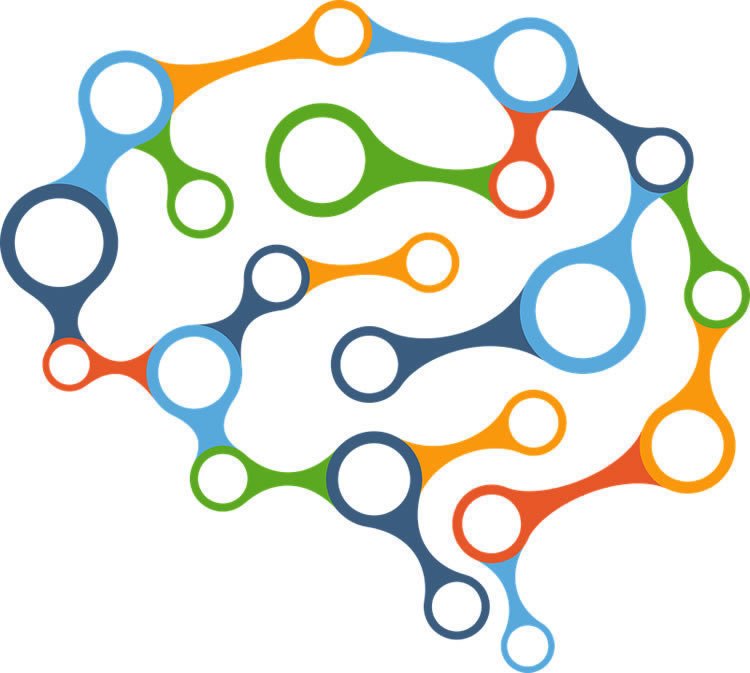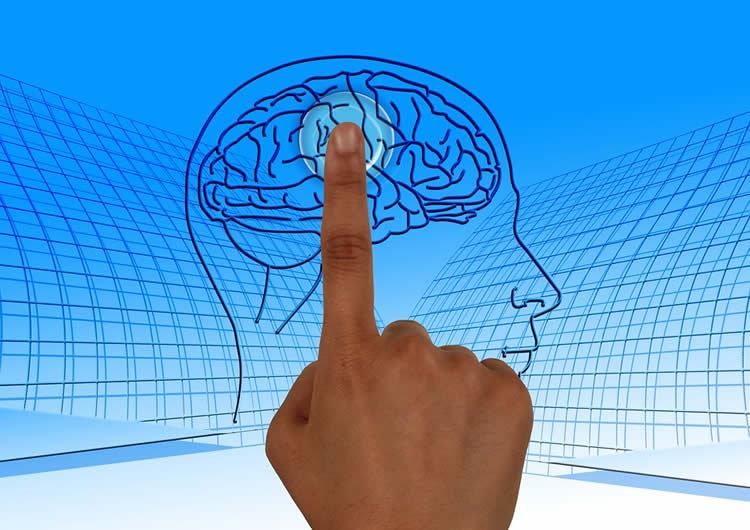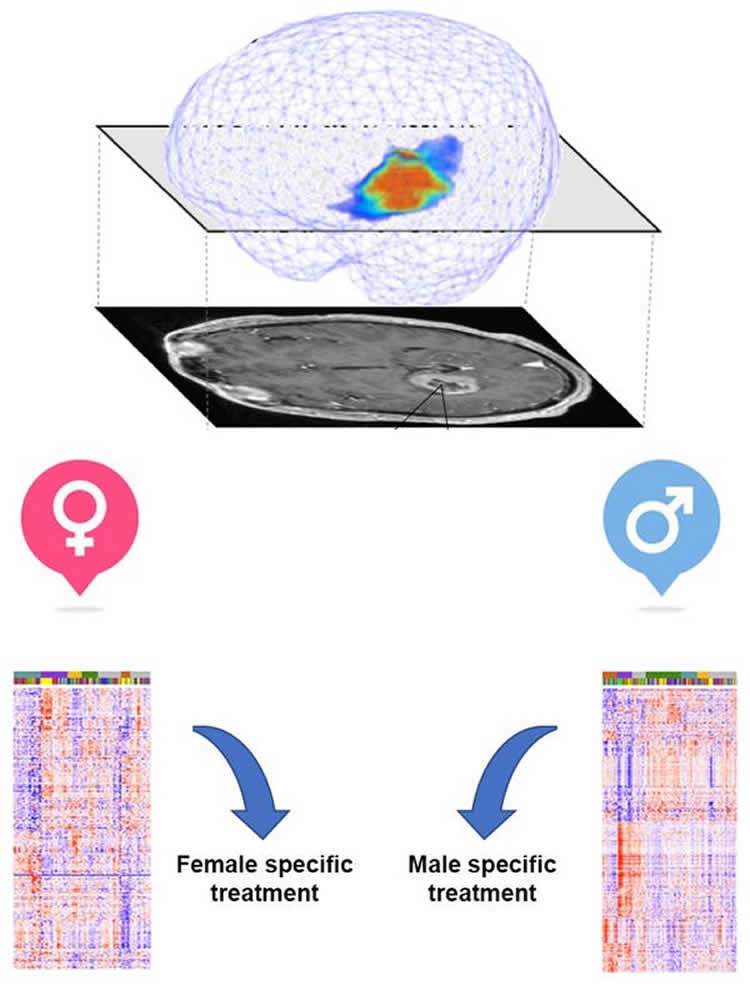Serotonin neurons as seen from under a confocal laser scanning microscope, photographed by doctoral candidate Changwoo Seo and laboratory technician Andrew Recknagel. Known for its role in relieving depression, the neurochemical serotonin may also help the brain execute instantaneous, appropriate behaviors in emergency situations, according to a new Cornell study published Feb. 1 in Science. The researchers studied brain activity patterns in mice. If a mouse was experiencing a threat, dorsal raphe serotonin neurons would fire during movements. But, when there was a calm, positive environment, these serotonin neurons would fire…
Read MoreCategory: Brain
The Hitchhiker’s Guide to Defeating Glioblastoma
In cancer therapeutics research, microRNAs — tiny strings of nucleotides that get churned out inside cells — have been a source of both excitement and disappointment. While preclinical studies have found that microRNAs play an important role in cancer and other diseases, two cancer clinical trials to date using microRNAs showed little response and significant toxicity. A team of investigators at Brigham and Women’s Hospital and Harvard Medical School has begun looking at these molecules in an entirely new way. Rather than modulating just one, they grouped together multiple microRNAs…
Read MoreTargeted Treatment Shrinks Deadly Pediatric Brain Cancer Tumors
Chemotherapy and radiation are effective cancer treatments because they kill rapidly dividing cells, including tumor cells. But for children — whose tiny bodies are still growing — these treatments can cause lifelong damage. This is particularly true for children with brain cancer, and researchers are working hard to find treatments that reduce side effects while remaining effective. Now, scientists at Sanford Burnham Prebys Medical Discovery Institute (SBP) have reported that a targeted therapy that blocks a protein called LSD1 was able to shrink tumors in mice with a form of…
Read MoreA Patient’s Sex Matters When it Comes to Brain Cancer
Have you ever wondered why, in most species, males are larger and more ornamented than females? It’s an evolutionarily determined aspect of biology, but what does it mean for human health and disease? What are the implications of needing one chart to describe normal growth in boys, and another to describe normal growth in girls? Why are there two normals for growth, and does it matter for a disease of growth like cancer? I’m a pediatric brain tumor doctor and scientist and am interested in developing new treatments for glioblastoma…
Read MorePoor sleep at night, more pain the next day
After one night of inadequate sleep, brain activity ramps up in pain-sensing regions while activity is scaled back in areas responsible for modulating how we perceive painful stimuli. This finding, published in JNeurosci, provides the first brain-based explanation for the well-established relationship between sleep and pain. In two studies — one in a sleep laboratory and the other online — Matthew Walker and colleagues show how the brain processes pain differently when individuals are sleep deprived and how self-reported sleep quality and pain sensitivity can change night-to-night and day-to-day. When the…
Read More




